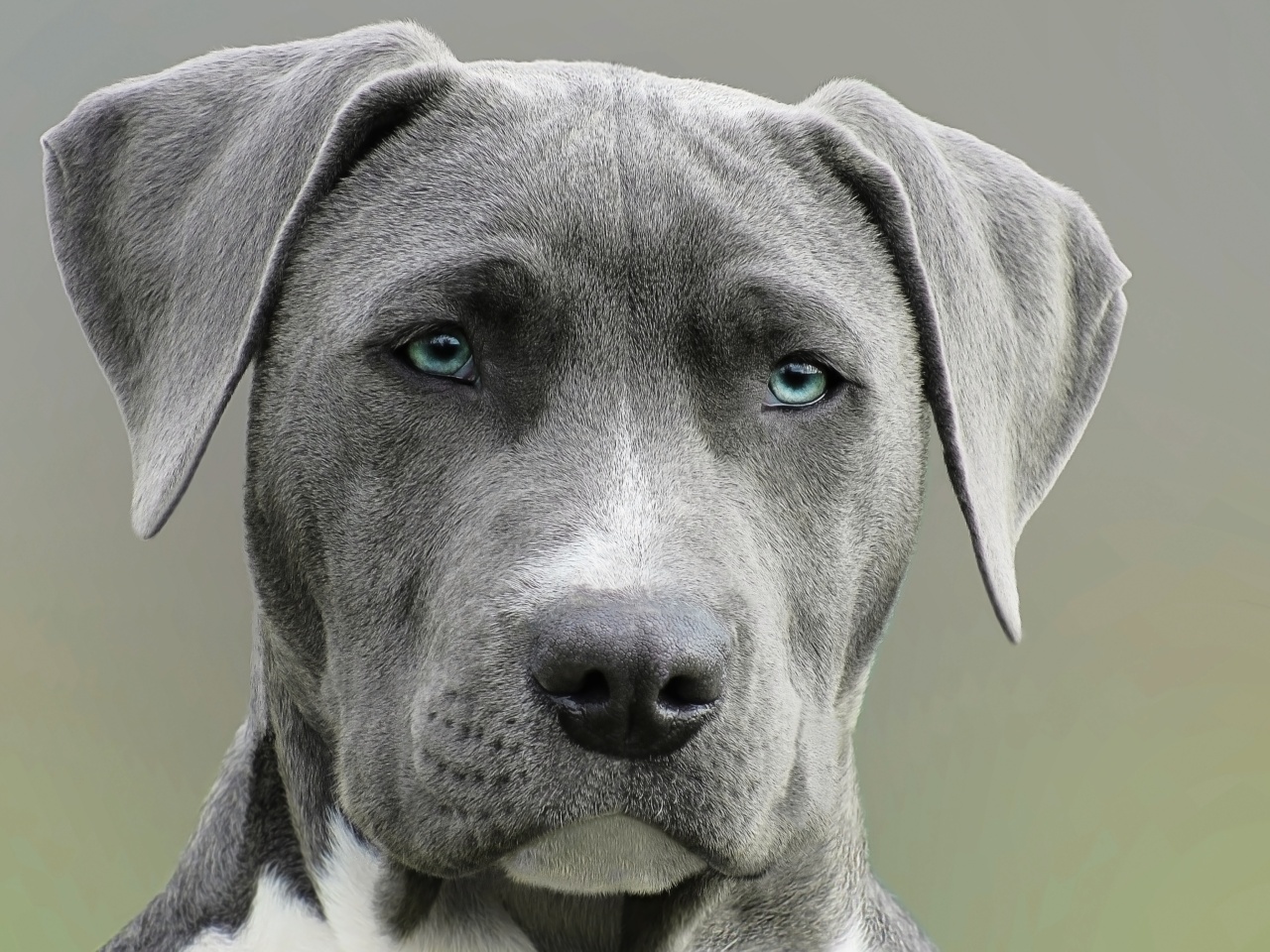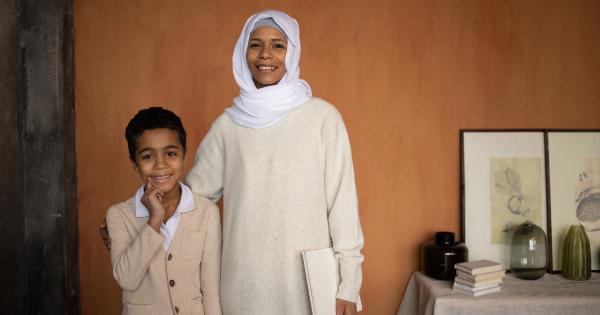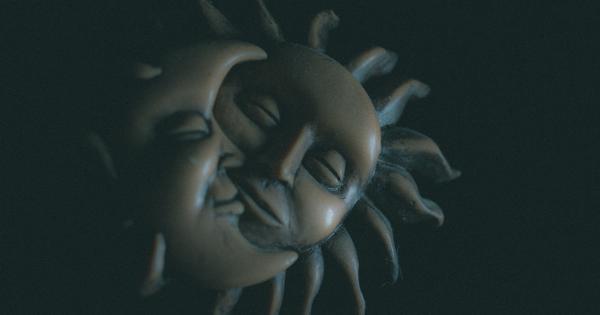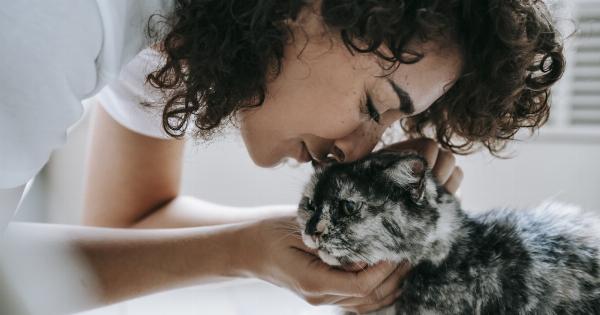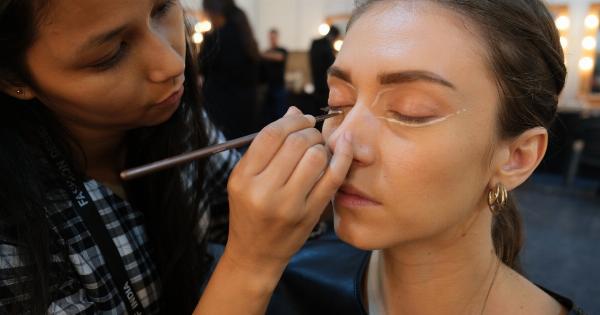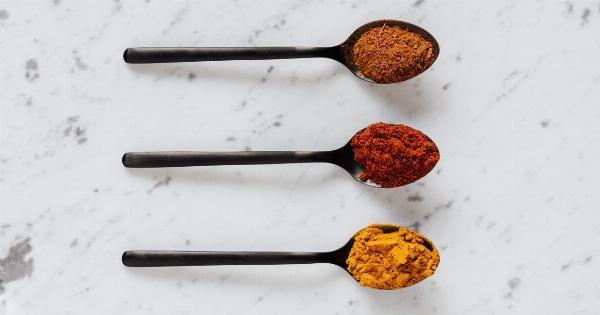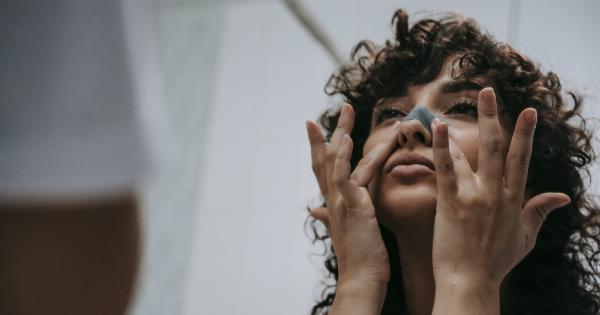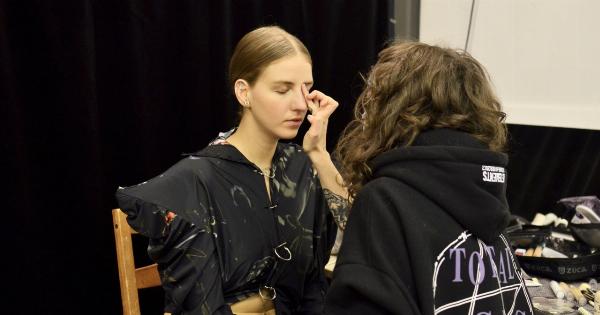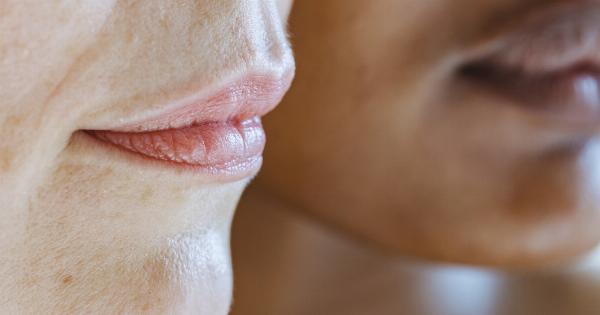Our nose is an essential part of our facial features, with a significant impact on our overall appearance. Some people are satisfied with the way their nose looks while others may feel self-conscious about its shape, size, or proportions.
This raises the question: Is our nose disproportionate?.
Nose Proportions
Facial harmony relies on balanced proportions, and the nose plays a crucial role in achieving this. The ideal nose should be in proportion to the rest of the face, ensuring a pleasing aesthetic balance.
However, it’s important to remember that beauty standards vary across cultures and throughout history.
The Golden Ratio and Nose
The concept of the golden ratio is frequently mentioned when discussing facial features, including the nose. The golden ratio, also known as divine proportion or phi, refers to a specific proportion believed to be aesthetically pleasing.
While some argue that a nose adhering to the golden ratio is universally attractive, there is no consensus among experts.
Types of Nose Disproportions
Nose disproportions can take various forms, leading individuals to seek cosmetic interventions. Here are some common types:.
1. Dorsal Hump
A dorsal hump refers to a noticeable bump or ridge on the bridge of the nose. While a slight dorsal hump is considered attractive by some, a prominent hump can lead to dissatisfaction and feelings of disproportion.
2. Crooked Nose
A crooked nose is characterized by deviation from the midline, giving a skewed appearance. This may be due to genetics, injury, or even birth defects. Some individuals may feel that a crooked nose throws off the balance of their face.
3. Bulbous Tip
A bulbous tip refers to a rounded, wide, or disproportionately large nasal tip. This can make the nose appear disproportionate to the rest of the face, particularly if the other facial features are more refined.
4. Long or Wide Nose
Some people may feel that their nose is excessively long or wide in relation to the rest of their facial features. This can create an imbalance and lead to feelings of self-consciousness.
Causes of Nose Disproportion
Nose disproportions can be caused by a variety of factors, including:.
1. Genetics
Genetics play a significant role in determining the shape and size of our nose. If family members have similar nose characteristics, it is possible to inherit these features.
2. Trauma or Injury
An accident or injury to the nose can alter its shape and disrupt natural proportions. In such cases, individuals may choose to undergo surgical procedures to address the resultant disproportion.
3. Aging
As we age, the skin and underlying structures of the nose can undergo changes. This can lead to a loss of volume, weakened support, and alterations in shape, ultimately affecting proportions.
Addressing Nose Disproportions
For individuals who feel their nose is disproportionate, various options are available.
1. Non-Surgical Procedures
Non-surgical procedures, such as dermal fillers, can be used to subtly correct minor imperfections or asymmetries. These procedures can temporarily improve the appearance of certain disproportions without the need for surgery.
2. Rhinoplasty (Nose Surgery)
Rhinoplasty, commonly known as a nose job, is a surgical procedure that focuses on correcting nose disproportions. It can address a wide range of concerns, including humps, crookedness, bulbous tips, and length or width issues.
Rhinoplasty aims to bring the nose into better proportion with the rest of the face.
3. Emotional and Psychological Support
It is crucial to remember that our perception of our noses may not always align with others’ perspectives. Seeking emotional and psychological support can help individuals develop a healthier self-image and boost their self-confidence.
Embracing Diversity
While it is normal to have personal preferences and desires for improvement, it is equally important to embrace and celebrate the diversity of noses. Cultural, ethnic, and individual differences make each of us unique.
Society is gradually moving towards appreciating and accepting different types of beauty, including diverse nose shapes and sizes.
Conclusion
When it comes to the question “Is our nose disproportionate?” the answer varies from person to person. Our perceptions of beauty are subjective, and what one person may consider disproportionate, another may find attractive.
Understanding the factors that contribute to nose disproportions and the available options for addressing them can help individuals make informed decisions about their personal preferences and aesthetic goals.
